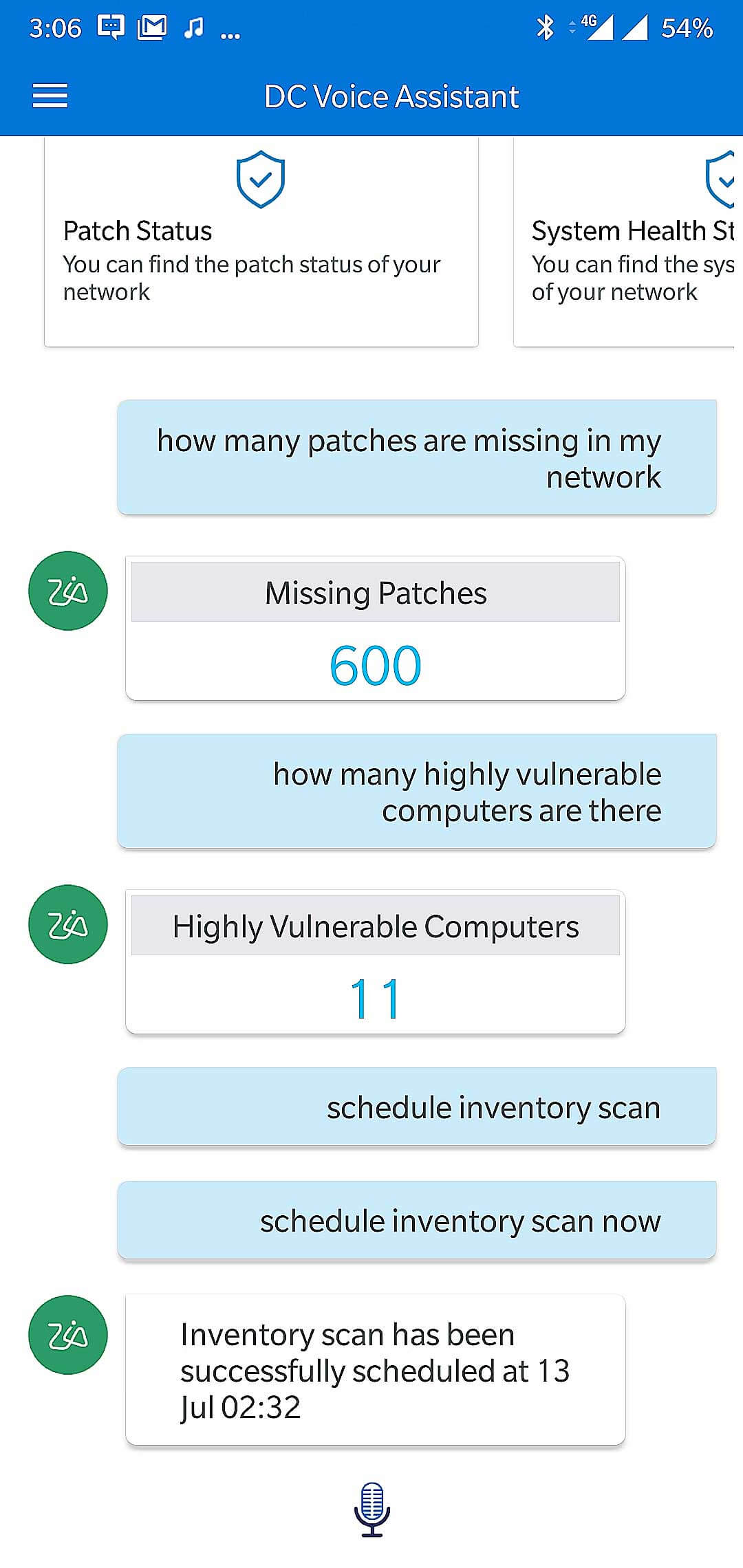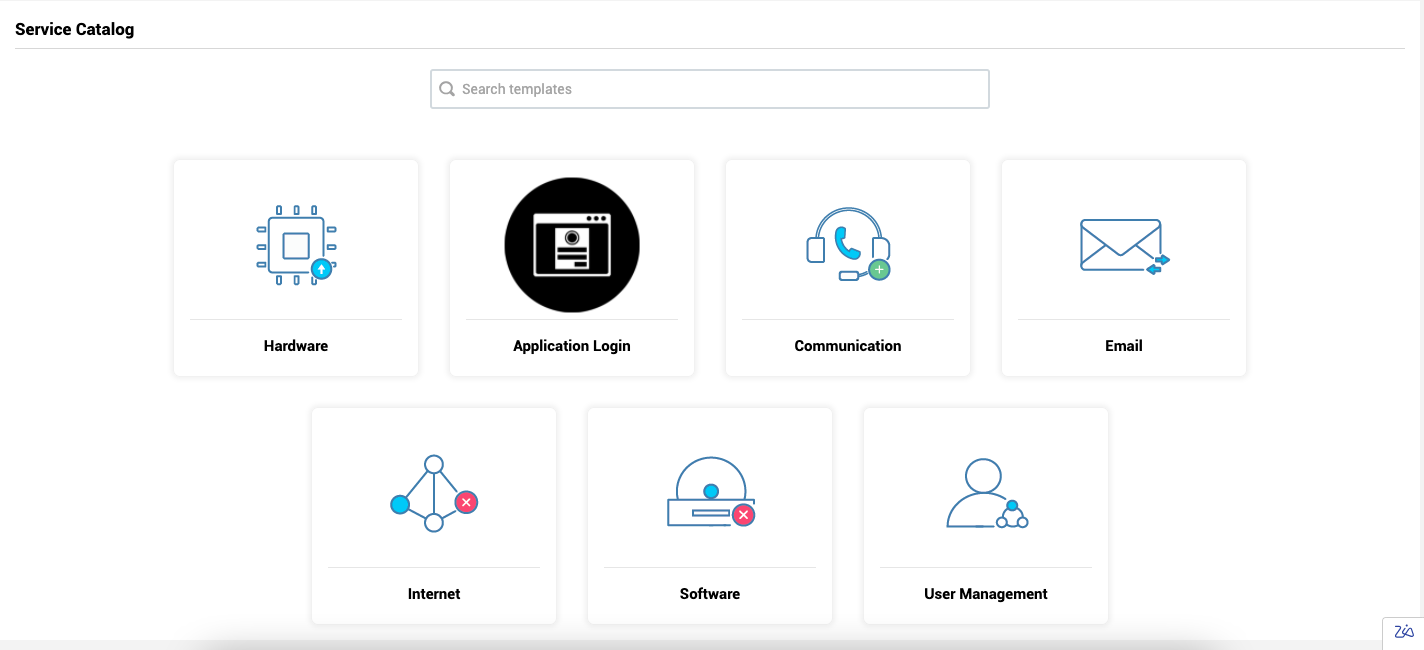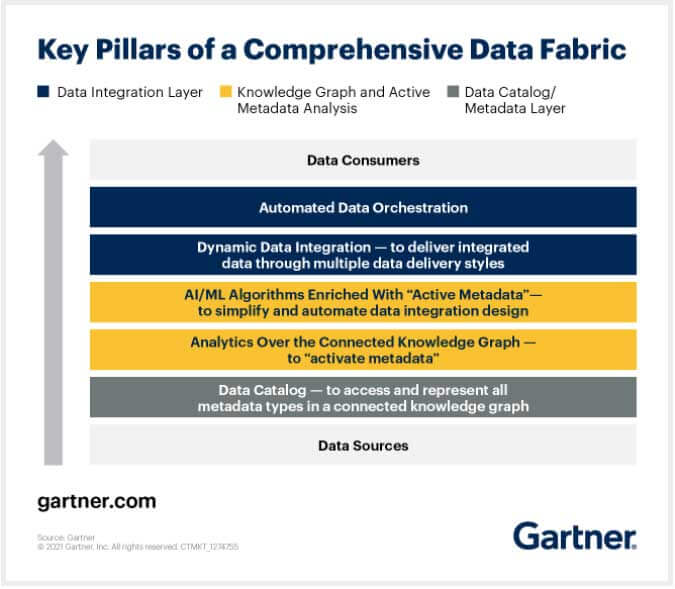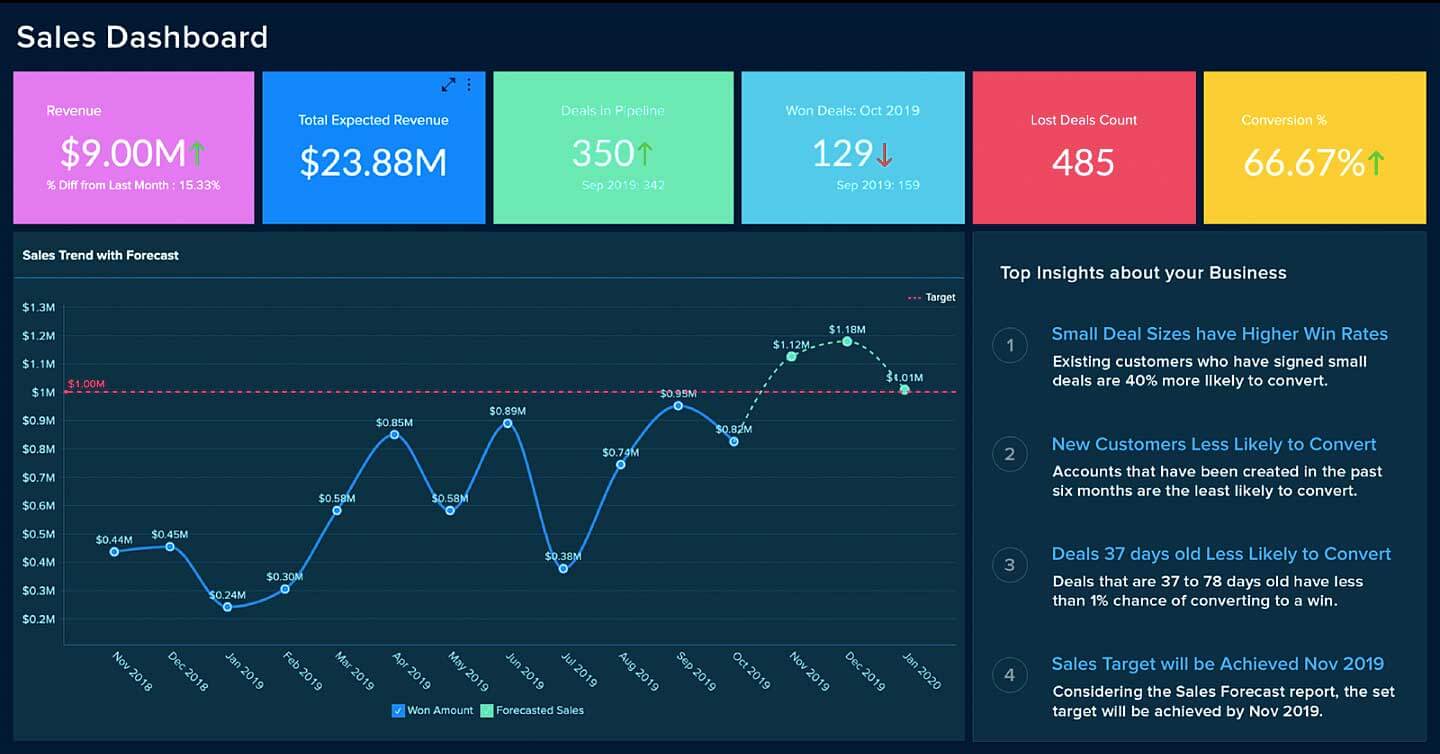5 ITSM trends for 2022
January 28 · 5 min read

It's that time again: IT leaders need to start analyzing the past year and create a strategy for the next. Undoubtedly, the pandemic has changed the way businesses operate, and its effects will last for quite a while.
What's in store for us in 2022? Let's take a look at some of ManageEngine's predictions.
1) AI will take over
It's no secret that AI is at the center stage of IT today, enabling the movement from process automation to decision automation.
In the next few years, we can see AI playing a significant role in:
- Service delivery.
- Assistants or bots.
- User and entity behavior analytics and peer grouping.
- Forecast and anomaly detection.

As a full-stack organization, long-term AI research has always been a priority for us. Over the last decade, ZLabs, the R&D team at Zoho Corp., has been working alongside product teams to build in-house tools that retrofit AI into existing business processes. ZLabs offers machine learning capabilities that improve product adaptability and make solutions more user-friendly.
2) Distributed enterprise models will be more widely used
Traditional full-time in-office work models are a thing of the past. Teams have successfully managed to work together in remote and hybrid workspaces, and this trend is likely to continue. Introducing a distributed work model further enables organizations to cut down on expenses. Win-win, right? Gartner expects that by 2023, 75% of organizations that exploit distributed enterprise benefits will realize revenue growth 25% faster than competitors.
But it's not just about cutting costs. Once the physical boundary is removed, organizations can expand their talent pool and hire people purely based on skill, not geographic location. For this to work, organizations will rely heavily on ITSM tools. This means better technology, training modules for new employees, and a stronger help desk with features to facilitate communication and support.
3) Automation will be taken to the next level
Hyperautomation, as the name suggests, attempts to automate every process that can be automated. This involves the orchestrated use of advanced technologies, tools, or platforms, including AI and machine learning.
Automation isn't new in ITSM but it's time to take things up a notch. According to Gartner, the top-performing hyperautomation teams focus on three key priorities:
- Improving the quality of work
- Speeding up business processes
- Enhancing the agility of decision-making
One example of hyperautomation is the use of natural language processing (NLP). Automatic answering systems have huge potential in enterprise software. At ManageEngine, we use NLP bots as assistants in our endpoint management app. Users can provide voice commands to carry out tasks like patch management and view reports quickly.


4) Organizations will focus on employee experience (EX)
ITSM plays a significant role in EX, and leaders have a responsibility to provide the right tools to bring out the best in their teams. This could be through a detailed knowledge base on employee dos and don'ts to help HR cut down on redundant questions and boost productivity or even automated workflows in the help desk to onboard new employees quickly.
In remote and hybrid work models, unified endpoint management (UEM) has proved to be an effective solution for EX. UEM tools provide security whilst respecting employees' demands for privacy. For instance, ManageEngine employees are notified when the mobile device management tool is active and running in the background on their mobile devices, and it automatically turns off when corporate apps aren't in use.
Proactive back-end monitoring is also a great way to remain consistent and reduce support tickets. It allows us to fix issues in performance or in the device itself before it affects user productivity. If that doesn't work, a self-service portal comes in handy.

For 46 admins to handle over 10,000 employees with multiple devices, a self-service portal is a godsend. Our admin team has a detailed knowledge base that's updated periodically. Users can browse solutions for simple issues that don't require technical assistance from an expert. Should they need further assistance, users can simply raise a request or an issue using predefined templates.

5) Data fabric will be used for analysis
Simply put, data fabric is an amalgamation of data management practices. It helps streamline how data is acquired, curated, and distributed to users across cloud and on-premises devices. By now, you know the importance of data in decision-making and strategical analysis. Using a data fabric ensures you have a unified environment that allows users to access data when required in a regulated fashion.

Many organizations use both cloud and on-premises solutions for their business. An average user may not have the technical skills required to bring that data together and conduct advanced data analysis. As organizations continue to build on AI-based services, they'll require data fabric tools. Predictive analysis relies heavily on real-time data that a structured data catalog can provide.

ManageEngine's analytics tool utilizes AI for various types of forecast and analysis. Down the line, we intend to use these tools to replace static thresholds, reduce alert fatigue, predict future events, and effectively isolate root causes to issues.
